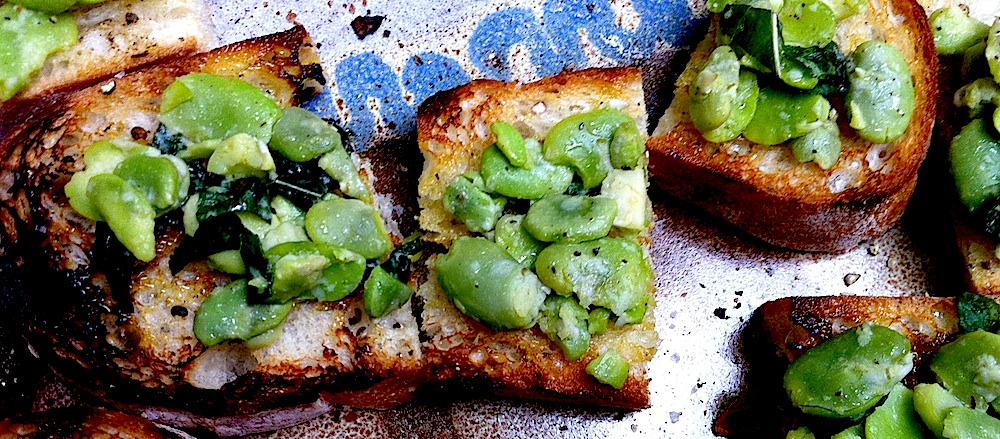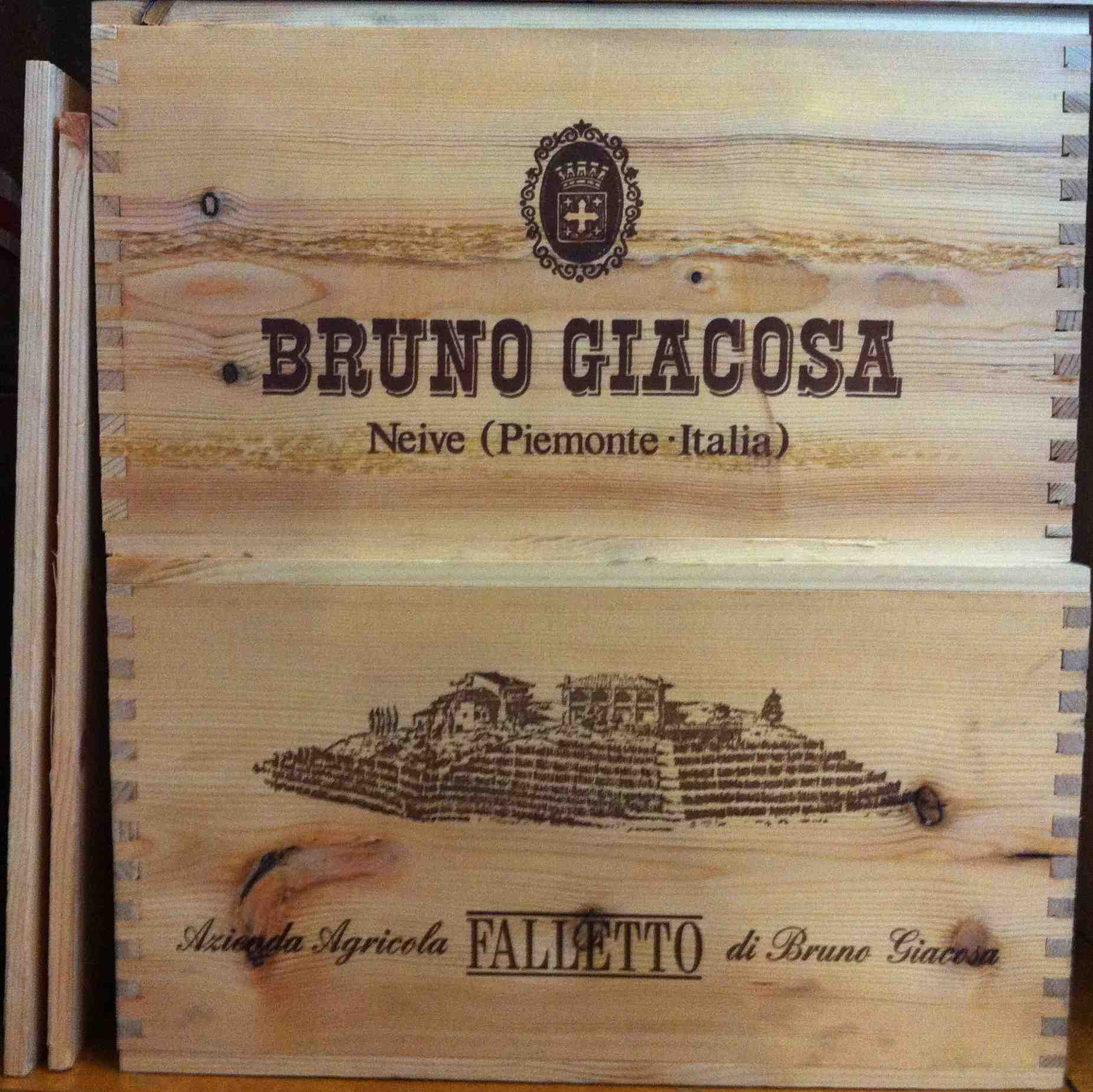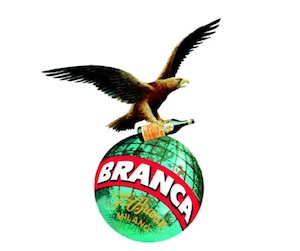by Kristina Groeger

At the table with Ivy Knight, Sasha Chapman, Bonnie Stern, Chris McDonald, Stephen Alexander, Cole Snell, Herb Eckhouse and Arlene Stein
The history of salumi is as heavy and dense as a hanging leg of acorn-fed dry-cured prosciutto. For centuries in the glorious days of the Roman Empire, cured meats kept entire armies full when there was no means of refrigeration. A single pig was enough to feed a family of four through the winter and the spring. It might have been a functional means of nourishment, but it was also definitely delicious. Records of the production of prosciutto go back as far as 1559, in which a traditional law was in place that a pig could not be slaughtered any time other than just before our Christmas time. Many other stipulations, recipes and rules were in place along with these records. The Romans were serious about curing meat.
Today, other parts of the world are also very serious about protecting uniqueness and authenticity in their food and drink. The European Union’s DOP (Protected Designation of Origin Act) stipulates that “Champagne” can only come from Champagne, France. Various cheeses, for example Parmigiano-Reggiano, Feta, Gruyere, have earned the award of uniqueness in the form of a DOP trademark. But what if an artisan was making “Port Wine” in Vancouver that tasted just like its facsimile in Portugal? Can Japan make a superior product to Scotland’s Highland Scotch? (They actually did in 2008, earning best scotch of the year for their Yoichi 20 year bottle). What about a clearly un-Italian man in Iowa making a prosciutto that is preferred by acclaimed men like Mario Batali, Charlie Trotter, and Iron Chef Judge/Writer Jeffrey Steingarten?
Enter Herb and Kathy Eckhouse, owners (designers, builders and pioneers) of La Quercia (La Kwair-cha) prosciuttificio. Since February 2005 in Norwalk Iowa, they’ve been creating some seriously premium quality salumi. They are fine procurers of speck, pancetta, coppa, guanciale, lardo and prosciutto. Their prosciutto is dry cured without the use of nitrates or nitrites. Their pigs are bought from confinement and sub-therapeutic antibiotic-free farms where they are allowed to socialize and feed on a vegetarian, grain based diet.
I was quite excited to find myself at a table with of friends at The Drake Hotel for dinner with Herb and ask him a few questions:
Kristina Groeger: After attending Harvard College, what first attracted you to a career of curing meat?
Herb Eckhouse: This is my fifth career, it wasn’t a straight path. I wasn’t thinking ‘I just got out of Harvard and now I’m going into the meat business’. I got into the meat business because we had just came back from Italy. Iowa is a very rich and fertile land. One of the two most fertile places on the globe. There’s The Pampas in Argentina and there’s also the Prairie of the United States.
It was 1989, there wasn’t anything that was being made there that we could be proud of. We had been blessed with this unbelievable bounty, but what were we doing to show that we appreciated it? That’s when we started thinking about making Prosciutto. Ten years later, another job had taken me to Italy and back to Iowa again. I spent five years studying the art (like a good Harvard boy) and for a lot of reasons decided that it made sense. We started out by selling imported Prosciutto and then we started making it by hand.
K: Prosciutto has been made in Italy, generation after generation since the times of Caesar. What did your Italian friends think of you making Prosciutto in America?
H: I think that when anybody starts out a large venture, most friends will joke and not believe you’re going to do something on such a scale. [Laughing] They say “yeah, great!”. But, when you actually start doing it they’re still skeptical. The third time you see them, when they taste the product that’s when they really believe you. We have gotten a lot of respect from the Italians. When we’re at food shows they’re very interested to taste our stuff.
K: I noticed on Michael Gebert’s Sky Full of Bacon video that your equipment was all in Italian. Did you have to work hard to study Italian as well?
H: That was a critical element. If I didn’t speak Italian, I don’t think I could have done it. I would have had to speak Spanish or Italian because all of the equipment is imported from Europe and there is no setting for English.
K: ‘La Quercia’ means the oak tree, which is the State of Iowa’s tree. Parma Italy’s unofficial symbol is also the oak tree. Bringing it full circle, oak trees make acorns, which the pigs love to eat. Let’s talk about the relationship between the pig and the oak tree.
H: We actually have a copy of a wood cut print from 1600 France of a pig herd being led to eat the acorns. Parma Italy used to be an oak savanna. A free range pig would happily eat eight pounds of acorns a day. There are actually areas in Spain where some of the producers allow the acorns to fall and the pigs to eat them freely.
K: There’s a photo on the La Quercia website of one of your butchers holding a giant ghetto blaster. What kind of music do you like to listen to while you work?
H: We use the ghetto blaster to listen to opera. Italian opera. It’s really nice to have music while you work. It seems to fit. It puts us in the right mood.
K: What kind of relationship do you have with Chef Mario Batali?
H: He’s a great guy. He’s been a good friend to us. We’ve got our product in a couple of his restaurants. He wrote us up in his latest cookbook Molto Gusto .
K: What’s your most manhandled cookbook?
H: The Joy of Cooking, definitely.
K: You and your wife Kathy are both equally as passionate for the love of your business. How did the two of you meet?
H: Her cousin picked me up hitch hiking. [Laughs.]
K: What’s your favourite dish that your wife makes?
H: My wife is a great pie maker. We get leaf lard from the acorn fed pigs and we render it and make lard. We make pie crust from the lard. That’s a wonderful dish.
K: What’s the strangest dish you’ve seen made with Prosciutto?
H: They wrap up pickles and cream cheese with prosciutto. That’d probably be the one of the stranger things I’ve seen.
K: Does it taste good?
H: No. [Laughs.]
Torontonians can find La Quercia products at fine retail stores like About Cheese and Cumbrae’s or served at restaurants like The Drake Hotel, Cava, Note Bene and Beast. Find out more at laquercia.us.
 Kistina Groeger is a professional cook, amateur photographer, part time food writer and full time nerd. Her website address is kristinagroeger.com
Kistina Groeger is a professional cook, amateur photographer, part time food writer and full time nerd. Her website address is kristinagroeger.com











Trackbacks/Pingbacks